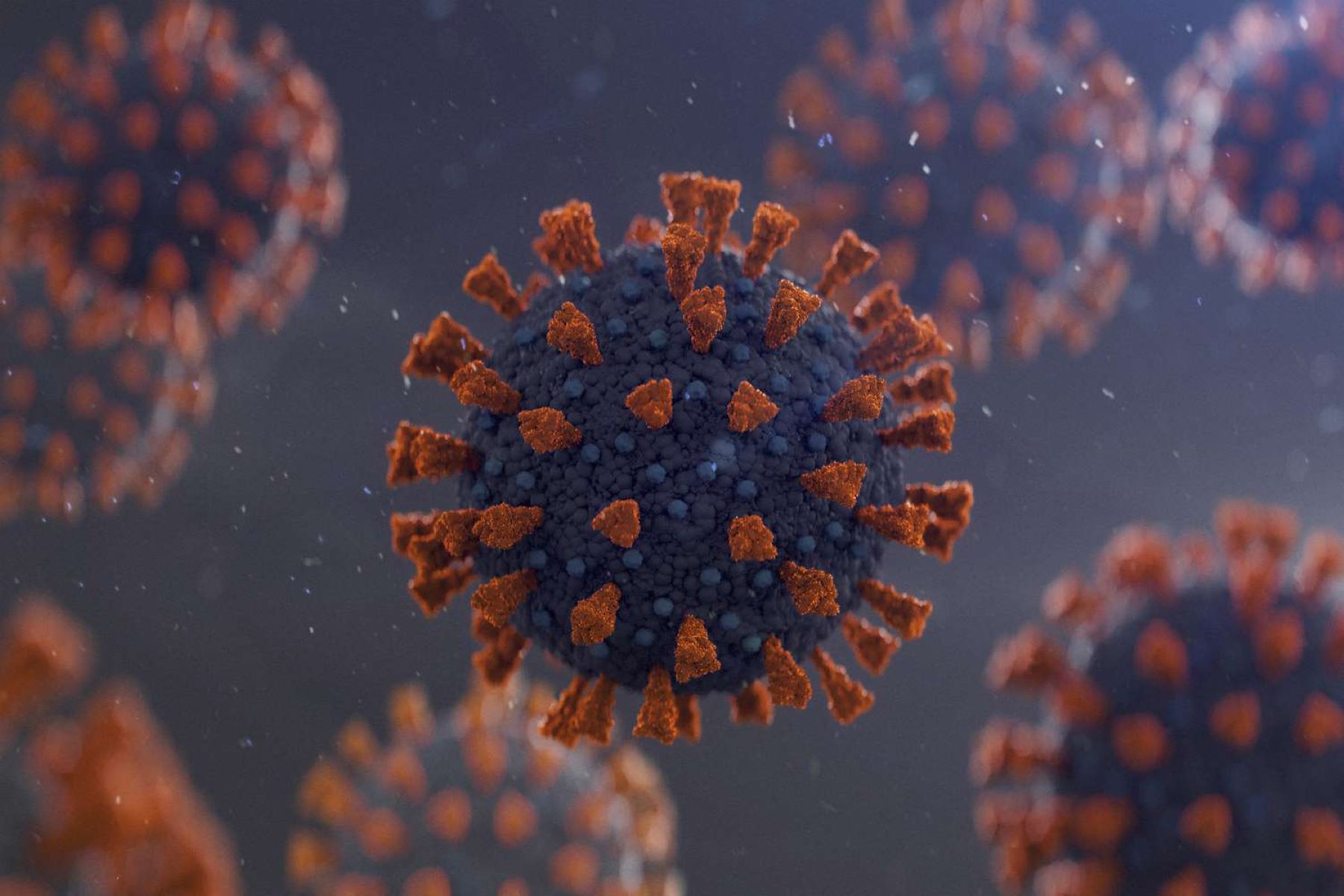
Viral pathogenesis is the process by which viruses cause disease in their hosts. Ever wondered how tiny particles can wreak such havoc? Viruses invade cells, hijack their machinery, and replicate, often killing the host cells in the process. This can lead to a range of illnesses, from the common cold to more severe diseases like HIV/AIDS or COVID-19. Understanding viral pathogenesis helps scientists develop vaccines and treatments. Did you know some viruses can even alter a host's DNA? Or that certain viruses can lie dormant for years before reactivating? Let's dive into 36 intriguing facts about how these microscopic invaders operate and impact our health.
What is Viral Pathogenesis?
Viral pathogenesis refers to the process by which viruses cause disease in their host organisms. Understanding this process helps scientists develop treatments and vaccines. Here are some fascinating facts about viral pathogenesis.
-
Viruses are not alive: Unlike bacteria or fungi, viruses cannot reproduce on their own. They need a host cell to replicate.
-
Small but mighty: Viruses are incredibly small, often just a few nanometers in size. Despite this, they can cause significant diseases.
-
Genetic material: Viruses contain either DNA or RNA as their genetic material, but never both.
-
Protein coat: The genetic material of a virus is enclosed in a protein coat called a capsid, which protects it and helps it infect host cells.
-
Envelope: Some viruses have an outer lipid envelope derived from the host cell membrane, which helps them evade the immune system.
How Viruses Infect Host Cells
The infection process is complex and involves several steps. Each step is crucial for the virus to successfully replicate and spread.
-
Attachment: Viruses attach to specific receptors on the surface of host cells. This specificity determines which cells a virus can infect.
-
Entry: After attachment, the virus enters the host cell, either by fusing with the cell membrane or being engulfed by the cell.
-
Uncoating: Once inside, the viral capsid is removed, releasing the genetic material into the host cell.
-
Replication: The viral genetic material takes over the host cell's machinery to replicate itself.
-
Assembly: New viral particles are assembled from the replicated genetic material and proteins.
-
Release: The new viruses are released from the host cell, often killing it in the process, and go on to infect other cells.
Immune Response to Viral Infections
The body has several mechanisms to fight off viral infections. Understanding these can help in developing better treatments.
-
Innate immunity: The first line of defense includes physical barriers like skin and mucous membranes, as well as immune cells that attack invaders.
-
Interferons: These proteins are produced by infected cells and help to inhibit viral replication.
-
Adaptive immunity: This involves the production of antibodies by B cells and the activation of T cells to destroy infected cells.
-
Memory cells: After an infection, some immune cells remain in the body, providing long-term immunity against the virus.
Viral Evasion Strategies
Viruses have evolved various strategies to evade the immune system, making them difficult to combat.
-
Antigenic variation: Some viruses, like the flu, frequently change their surface proteins to avoid detection by the immune system.
-
Latency: Certain viruses, such as herpes, can remain dormant in the body and reactivate later.
-
Inhibition of immune responses: Some viruses produce proteins that inhibit the host's immune responses.
-
Mimicry: Viruses can mimic host molecules to avoid being recognized as foreign.
Examples of Viral Diseases
Viral diseases can range from mild to severe, affecting various parts of the body.
-
Influenza: A respiratory infection caused by the influenza virus, leading to symptoms like fever, cough, and body aches.
-
HIV/AIDS: Caused by the human immunodeficiency virus, it attacks the immune system, leading to severe immune deficiency.
-
Hepatitis: Inflammation of the liver caused by hepatitis viruses, leading to jaundice, fatigue, and liver damage.
-
Herpes: Caused by herpes simplex viruses, leading to painful sores on the mouth or genitals.
-
COVID-19: Caused by the novel coronavirus SARS-CoV-2, leading to respiratory symptoms and, in severe cases, pneumonia and death.
Vaccines and Treatments
Vaccines and antiviral drugs are crucial in preventing and treating viral infections.
-
Vaccines: These stimulate the immune system to produce antibodies against a virus, providing immunity without causing disease.
-
Antiviral drugs: These medications inhibit viral replication, helping to control the infection.
-
Monoclonal antibodies: Lab-made antibodies that can neutralize viruses and are used in some treatments.
-
Gene editing: Techniques like CRISPR are being explored to target and destroy viral genetic material.
Emerging Viral Threats
New viruses continue to emerge, posing ongoing challenges to public health.
-
Zika virus: Spread by mosquitoes, it can cause birth defects if a pregnant woman is infected.
-
Ebola: A severe, often fatal disease caused by the Ebola virus, leading to hemorrhagic fever.
-
Nipah virus: Causes severe respiratory and neurological symptoms, with a high mortality rate.
-
Hantavirus: Transmitted by rodents, it can cause severe respiratory illness.
Interesting Facts About Viruses
Viruses have unique characteristics that make them fascinating subjects of study.
-
Oldest virus: The oldest known virus is the tobacco mosaic virus, discovered in 1892.
-
Bacteriophages: These viruses infect bacteria and are being explored as alternatives to antibiotics.
-
Giant viruses: Some viruses, like the Mimivirus, are so large they were initially mistaken for bacteria.
-
Virophages: These are viruses that infect other viruses, adding another layer of complexity to viral interactions.
Final Thoughts on Viral Pathogenesis
Understanding viral pathogenesis is crucial for grasping how viruses cause diseases. These tiny invaders can wreak havoc on the human body, leading to illnesses ranging from the common cold to more severe conditions like HIV/AIDS and COVID-19. By studying how viruses operate, scientists can develop better treatments and vaccines, ultimately saving lives.
Prevention remains the best defense against viral infections. Simple actions like washing hands, wearing masks, and getting vaccinated can make a huge difference. Staying informed about the latest research and public health guidelines helps keep communities safe.
In the end, knowledge about viral pathogenesis empowers individuals to take proactive steps in protecting their health. With ongoing research and public awareness, the fight against viral diseases continues, offering hope for a healthier future.
Was this page helpful?
Our commitment to delivering trustworthy and engaging content is at the heart of what we do. Each fact on our site is contributed by real users like you, bringing a wealth of diverse insights and information. To ensure the highest standards of accuracy and reliability, our dedicated editors meticulously review each submission. This process guarantees that the facts we share are not only fascinating but also credible. Trust in our commitment to quality and authenticity as you explore and learn with us.


